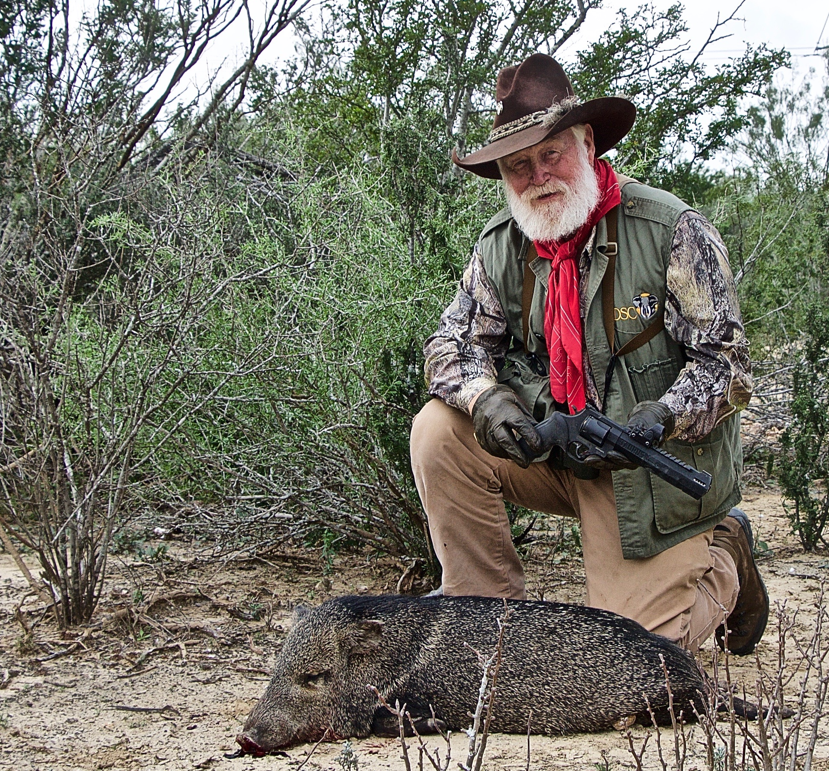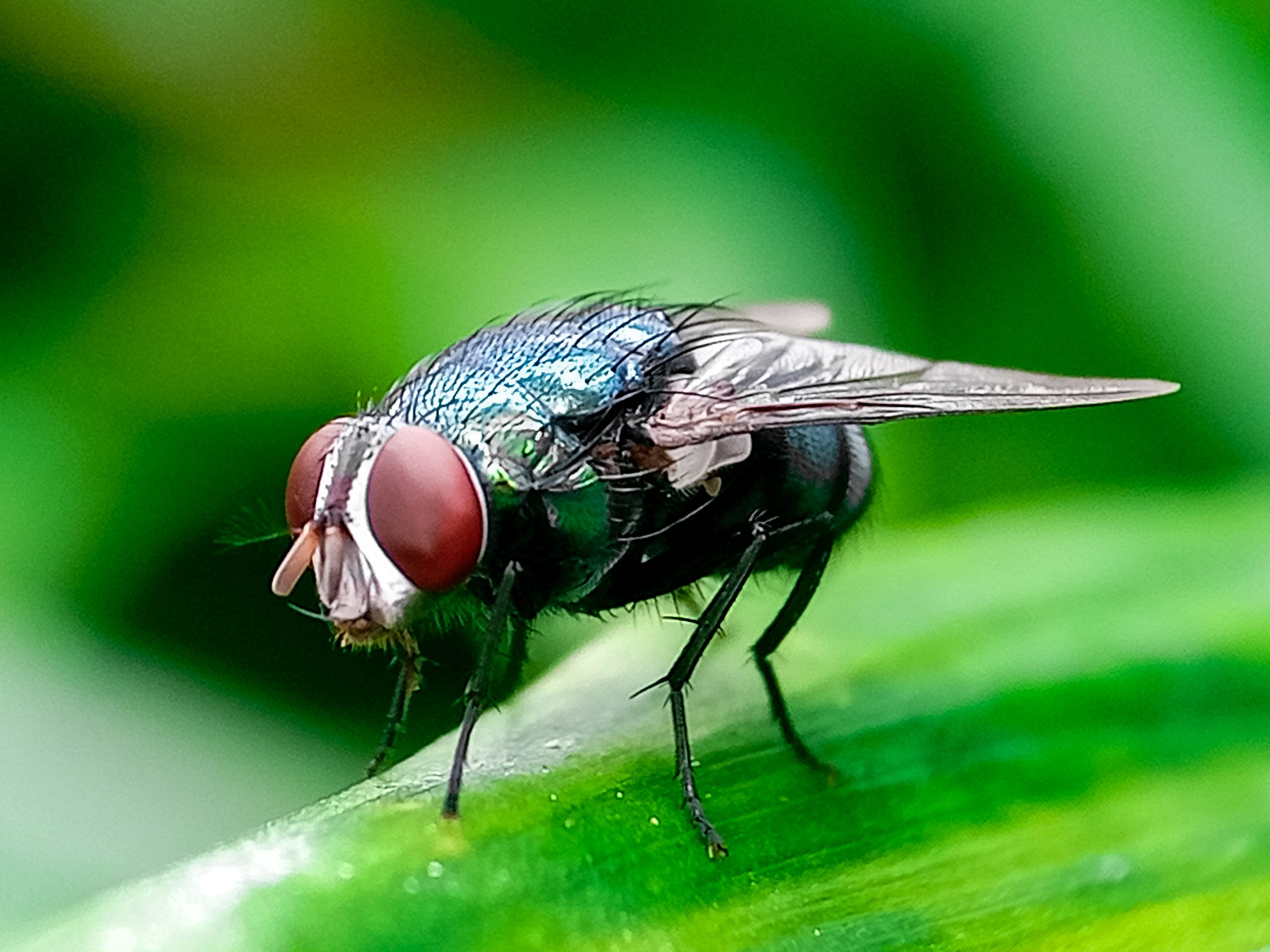When grizzly bears eat the grain spilled from the trains that pass through the Canadian Rockies, it can prove to be fatal. Although animals have only occasionally foraged near the railway in Canada’s Banff and Yoho National Parks since the 1880s, recent human interference to the ecosystem has driven more bears into these dangerous areas. Since 2000, 17 grizzly bears have died by train collision. This spike in deaths is alarming since the local population is only about 60 bears.
Researchers want to know the cause of this predicament and how to help the bears.
Biologists at the University of Alberta have learned that the grizzly bear population in the Canadian Rockies will continue to face threats from train collisions if the animals are not conditioned to seek new food sources and pathways through their territory.
And the cause? It would seem that red squirrels are to blame. The red squirrels collect spilled grain from the train tracks and leave it in concentrated piles nearby, called  middens. Bears love the easy source of grain and also enjoy the plants and berries that grow near the tracks.
middens. Bears love the easy source of grain and also enjoy the plants and berries that grow near the tracks.
Ungulates, such as elk and moose, graze there too, and occasionally become victims of train collisions. The bears might then scavenge those carcasses as an alternative food source.
But because the tracks have been there for over a century, increased food accessibility cannot be the sole reason for the 21st century spike in fatalities. Recent improvements that should benefit the animals are in fact counterproductive. New animal-only pathways are changing habits in detrimental ways.
In fact, research proves that the railways have become the new dangerous zone for many animals.
The University of Alberta, Canadian National Parks and the railway company have been putting together possible solutions from a variety of angles. By using GPS and analyzing previous park data, the team has found the “killing field” hot spots on the rails and is working to fix the problem.
Removing plants that make the area favorable to animals, implementing warning systems for incoming trains and other measures may soon have an impact and save the bears.



